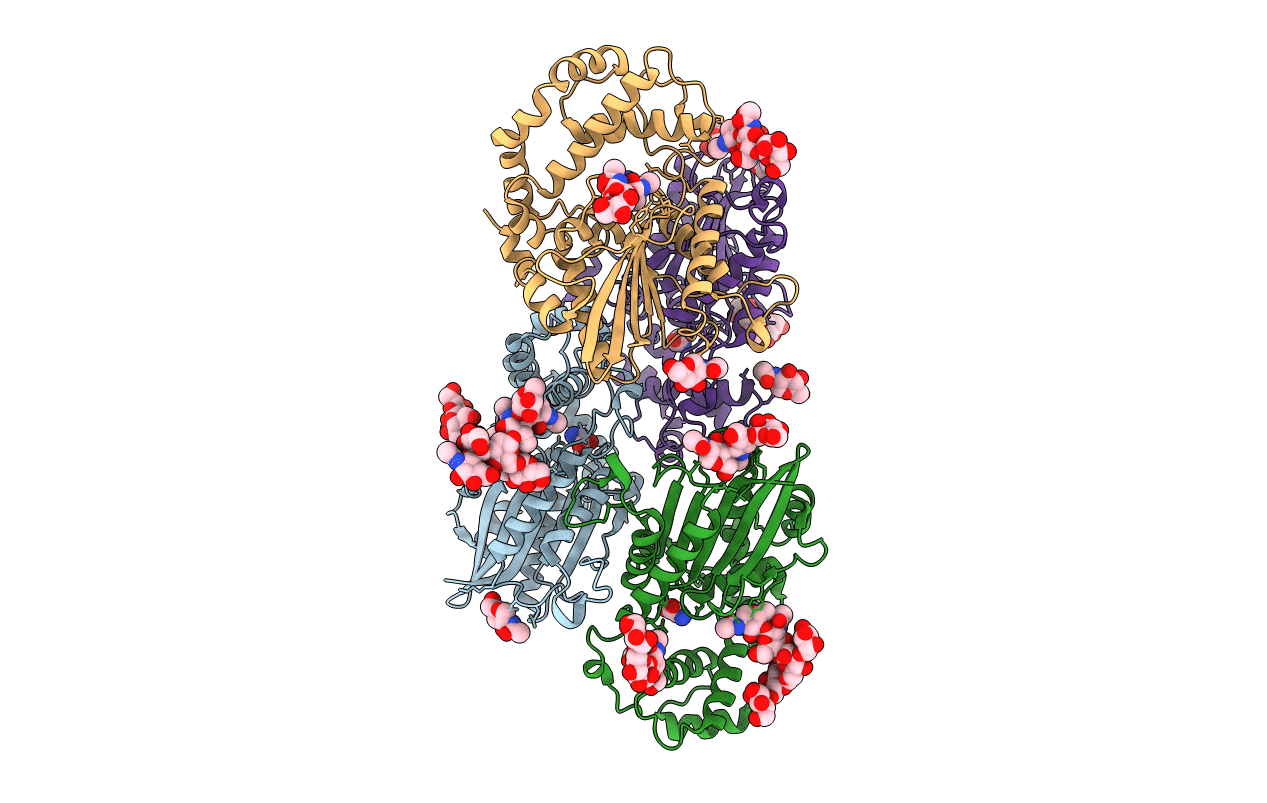
Deposition Date
1999-08-23
Release Date
1999-08-31
Last Version Date
2024-10-30
Method Details:
Experimental Method:
Resolution:
3.20 Å
R-Value Free:
0.27
R-Value Work:
0.15
R-Value Observed:
0.15
Space Group:
P 21 21 21


